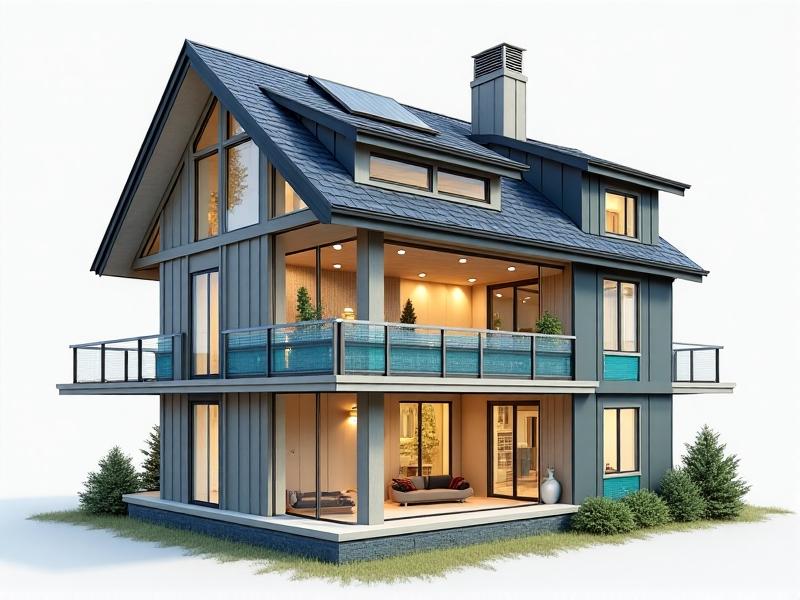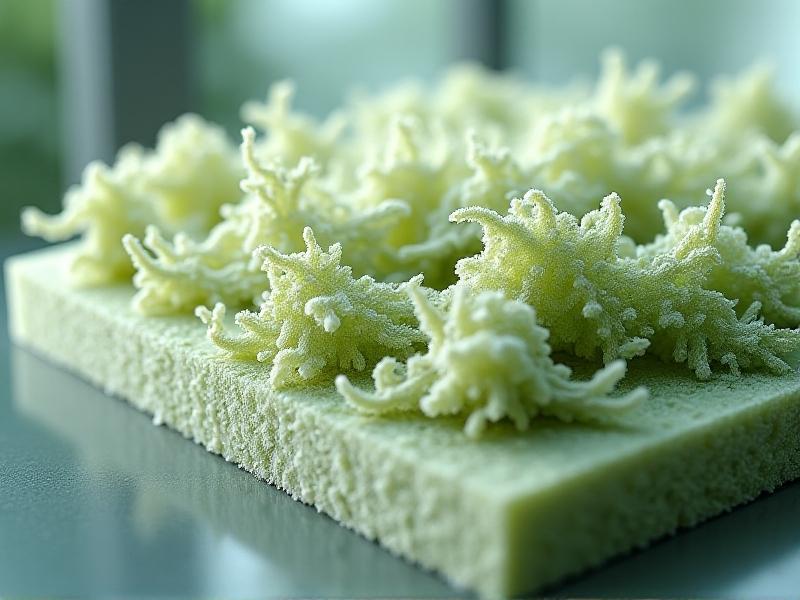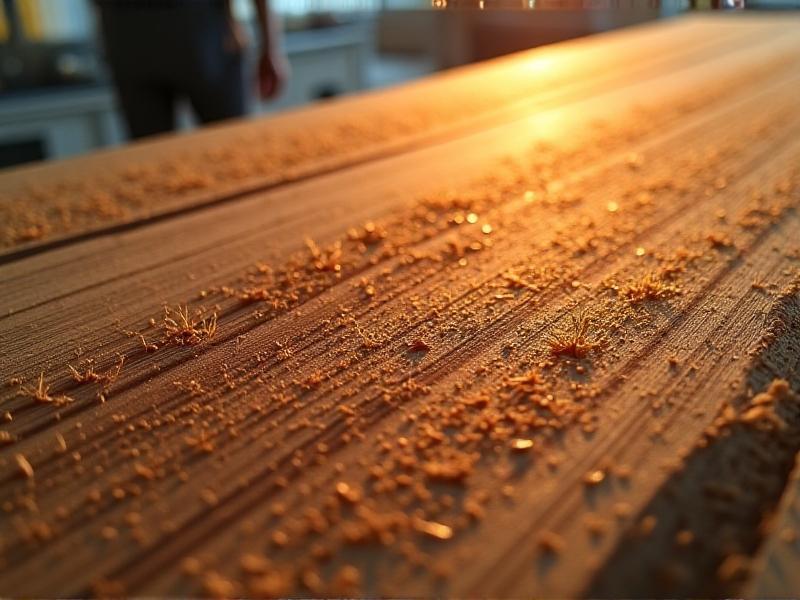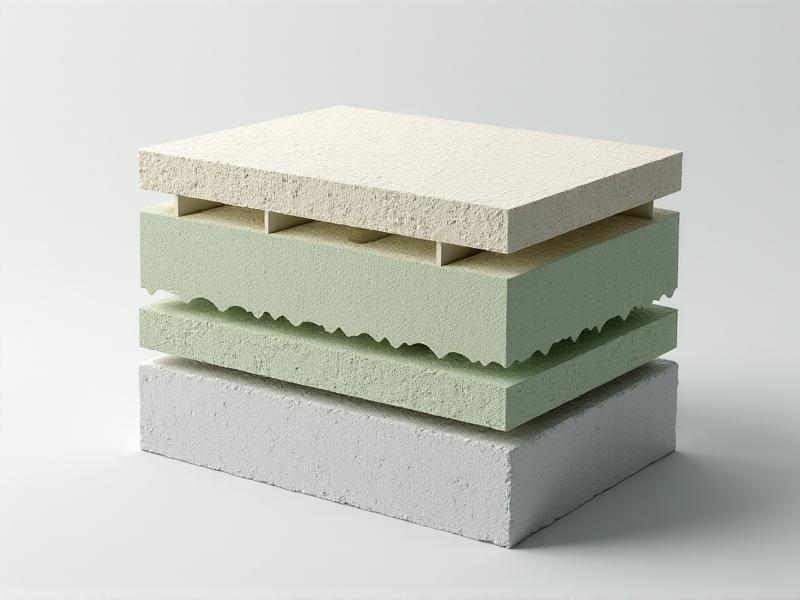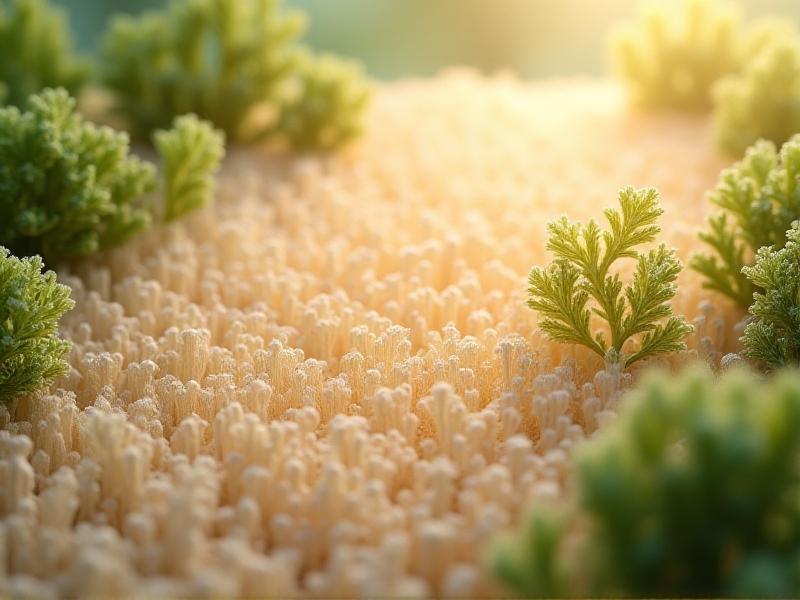Post-Processing Techniques for DIY Mycelium Board Hardening
Introduction to Mycelium Board Hardening
Mycelium boards, a sustainable alternative to traditional building materials, have gained popularity in recent years due to their eco-friendly nature and versatility. However, one of the challenges faced by DIY enthusiasts is achieving the desired hardness and durability of these boards. Post-processing techniques play a crucial role in enhancing the structural integrity of mycelium boards, making them suitable for various applications. This article delves into the various methods and strategies for hardening mycelium boards, ensuring they meet the required standards for practical use.

Understanding the Composition of Mycelium Boards
Before diving into post-processing techniques, it's essential to understand the composition of mycelium boards. These boards are primarily made from the root structure of fungi, known as mycelium, which binds agricultural waste such as straw, sawdust, or hemp fibers. The mycelium acts as a natural adhesive, creating a dense and cohesive material. However, in its raw form, the mycelium board is relatively soft and porous. To enhance its hardness, various post-processing methods are employed, which involve drying, pressing, and sometimes chemical treatments. Understanding the material's inherent properties is crucial for selecting the appropriate hardening techniques.

Drying Techniques for Mycelium Boards
One of the most critical steps in the post-processing of mycelium boards is drying. Proper drying not only removes moisture but also helps in stabilizing the material, making it less susceptible to warping or cracking. There are several drying techniques, including air drying, oven drying, and using dehumidifiers. Air drying is the most natural method but can be time-consuming. Oven drying speeds up the process but requires careful temperature control to prevent overheating. Dehumidifiers offer a balance between efficiency and control, ensuring even drying without compromising the board's integrity. Each method has its pros and cons, and the choice depends on the specific requirements and available resources.
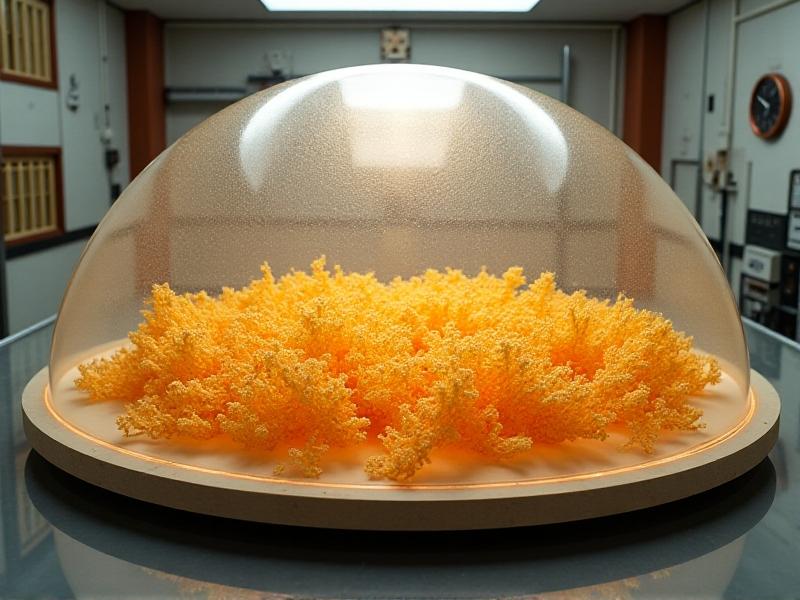
Pressing Methods to Enhance Density
Pressing is another essential technique for hardening mycelium boards. Applying pressure compresses the material, increasing its density and strength. There are various pressing methods, including manual pressing, hydraulic pressing, and vacuum pressing. Manual pressing is suitable for small-scale projects but may not provide consistent results. Hydraulic pressing offers more control and uniformity, making it ideal for larger batches. Vacuum pressing, on the other hand, ensures even pressure distribution and is particularly effective for complex shapes. The choice of pressing method depends on the desired outcome and the scale of production. Proper pressing not only enhances the board's hardness but also improves its overall durability and resistance to wear and tear.
Chemical Treatments for Improved Hardness
In some cases, chemical treatments are employed to further enhance the hardness of mycelium boards. These treatments involve the application of substances that penetrate the material, altering its properties at a molecular level. Common chemicals used include resins, adhesives, and hardening agents. Resins, such as epoxy, can be applied to the surface or infused into the board, creating a protective layer that increases hardness and resistance to moisture. Adhesives, like PVA glue, can be used to bind the fibers more tightly, improving the board's structural integrity. Hardening agents, such as calcium chloride, can be mixed with water and applied to the board, promoting cross-linking within the mycelium network. While chemical treatments can significantly improve hardness, it's essential to consider their environmental impact and ensure they align with the sustainable ethos of mycelium-based materials.
Heat Treatment for Structural Stability
Heat treatment is another effective method for hardening mycelium boards. By subjecting the boards to controlled heat, the mycelium network undergoes thermal modification, resulting in increased hardness and stability. This process involves heating the boards to a specific temperature for a set duration, ensuring that the heat penetrates evenly without causing damage. Heat treatment not only enhances the board's mechanical properties but also reduces its susceptibility to microbial growth, making it more durable in various environments. However, it's crucial to monitor the temperature carefully to avoid overheating, which can lead to brittleness or deformation. When done correctly, heat treatment can significantly improve the performance of mycelium boards, making them suitable for a wide range of applications.
Surface Finishing Techniques
Surface finishing is the final step in the post-processing of mycelium boards, contributing to both their aesthetic appeal and functional properties. Various techniques can be employed, including sanding, sealing, and coating. Sanding smooths the surface, removing any rough spots or imperfections, and prepares the board for further treatment. Sealing involves applying a protective layer, such as wax or oil, to enhance moisture resistance and durability. Coating, on the other hand, can involve the application of paints, varnishes, or other finishes to achieve a specific look or texture. Surface finishing not only improves the board's appearance but also adds an extra layer of protection, ensuring it remains in good condition over time. The choice of finishing technique depends on the intended use of the board and the desired aesthetic outcome.
Testing and Quality Assurance
Once the post-processing techniques have been applied, it's essential to test the mycelium boards to ensure they meet the required standards. Testing involves evaluating various properties, including hardness, density, moisture resistance, and durability. Common tests include compression tests, flexural tests, and water absorption tests. Compression tests measure the board's ability to withstand pressure, while flexural tests assess its resistance to bending. Water absorption tests determine how much moisture the board can absorb, which is crucial for applications in humid environments. Quality assurance is a critical step in the production process, ensuring that the boards are safe, reliable, and fit for purpose. By conducting thorough testing, manufacturers can identify any issues and make necessary adjustments to improve the final product.
Applications of Hardened Mycelium Boards
Hardened mycelium boards have a wide range of applications, from construction and furniture to packaging and art. In construction, they can be used as insulation panels, wall cladding, or even structural elements, offering a sustainable alternative to traditional materials. In furniture design, mycelium boards can be crafted into chairs, tables, and shelves, combining functionality with eco-friendliness. Packaging made from mycelium boards is biodegradable and provides excellent protection for fragile items. Artists and designers are also exploring the creative potential of mycelium boards, using them to create unique sculptures and installations. The versatility of hardened mycelium boards makes them a valuable material in various industries, contributing to a more sustainable future.
Future Trends in Mycelium Board Hardening
As the demand for sustainable materials continues to grow, the field of mycelium board hardening is expected to evolve with new innovations and techniques. Researchers are exploring advanced methods, such as nanotechnology and bioengineering, to further enhance the properties of mycelium boards. Nanotechnology involves the incorporation of nanoparticles into the mycelium network, potentially increasing hardness and other mechanical properties. Bioengineering, on the other hand, focuses on modifying the mycelium at a genetic level to produce stronger and more resilient materials. Additionally, there is a growing interest in developing scalable production methods that can meet the increasing demand for mycelium boards. These future trends hold the promise of making mycelium boards even more versatile and accessible, paving the way for their widespread adoption in various industries.
Conclusion
Post-processing techniques play a vital role in transforming mycelium boards from soft, porous materials into hard, durable products suitable for various applications. By understanding the composition of mycelium boards and employing methods such as drying, pressing, chemical treatments, heat treatment, and surface finishing, DIY enthusiasts and manufacturers can achieve the desired hardness and durability. Testing and quality assurance ensure that the boards meet the required standards, while exploring future trends opens up new possibilities for innovation. As the world moves towards more sustainable practices, mycelium boards offer a promising alternative to traditional materials, contributing to a greener and more eco-friendly future.

